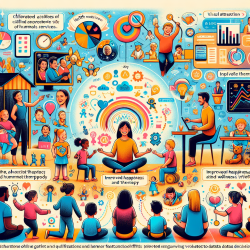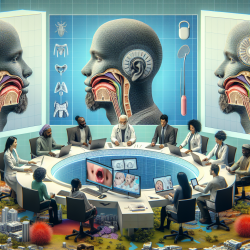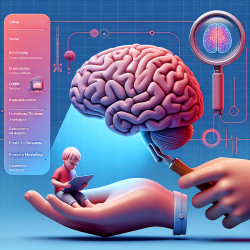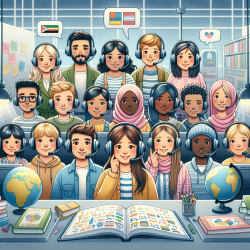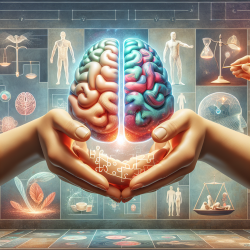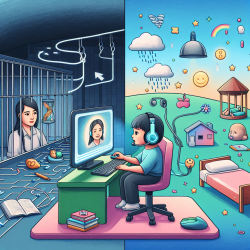Introduction
In the ever-evolving field of health and human services, Geographic Information Systems (GIS) have emerged as a powerful tool, offering new perspectives and solutions. The research article "GIS in Health and Human Services" provides a comprehensive overview of how GIS has transformed health services over the decades. As a practitioner, leveraging GIS technology can significantly enhance your skills and improve outcomes for children in therapy settings.
The Power of GIS in Health Services
GIS technology has been instrumental in tracking infectious diseases, managing immunizations, and analyzing community health. It offers a spatial perspective that is invaluable in understanding health trends and planning interventions. The ability to visualize data geographically allows for more precise targeting of resources and interventions, leading to improved health outcomes.
Implementing GIS in Child Therapy
For practitioners focused on child therapy, GIS can be a game-changer. Here’s how:
- Identifying Service Gaps: GIS can help identify areas with insufficient therapy services, enabling targeted outreach and resource allocation.
- Tracking Therapy Outcomes: By mapping therapy outcomes geographically, practitioners can identify patterns and factors contributing to successful interventions.
- Enhancing Communication: GIS visualizations can be used to communicate complex data to stakeholders, including parents, educators, and policymakers, in an easily understandable format.
Encouraging Further Research
The research paper highlights numerous applications of GIS in health services, but there is still much to explore, particularly in child therapy. Practitioners are encouraged to delve deeper into GIS applications, experiment with new methodologies, and contribute to the growing body of knowledge in this field.
Conclusion
GIS technology offers a wealth of opportunities for enhancing child therapy outcomes. By integrating GIS into practice, practitioners can make data-driven decisions that lead to more effective interventions and better health outcomes for children. As we continue to explore the potential of GIS, the possibilities for improving health services are endless.
To read the original research paper, please follow this link: GIS in Health and Human Services.
